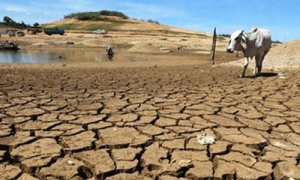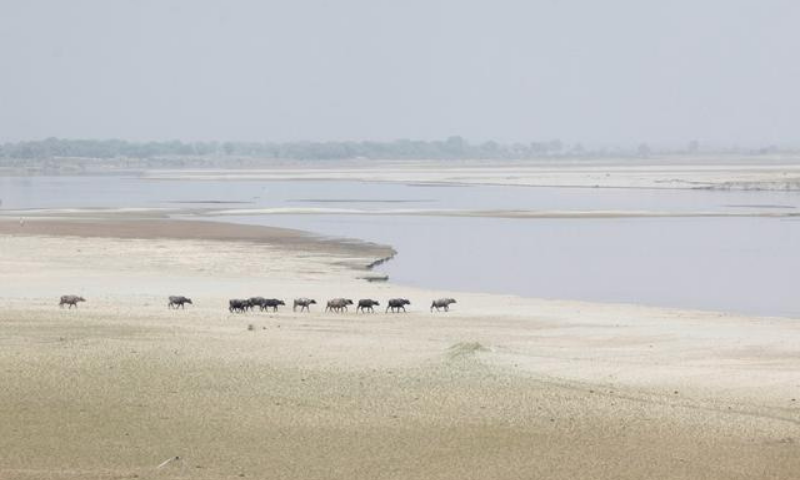Pakistan is on the brink of a water crisis that poses an existential threat to its economy, agriculture, and regional stability. In recent years, erratic rainfall and devastating urban flooding have exposed the country’s fragile water infrastructure. The floods of 2025 have already displaced thousands and killed over 240 people — not just a natural disaster, but a glaring reminder of the country’s failure to store and manage water effectively. The lack of storage means excess floodwaters are lost instead of preserved for times of drought, further worsening Pakistan’s vulnerability.
By 2035, Pakistan is expected to enter a state of absolute water scarcity. Its per capita water availability has dropped from 5,600 cubic meters in 1947 to just 930 cubic meters in 2023. The situation is worsened by climate change, with glacier melt and extreme heat threatening the Indus River system — the backbone of Pakistan’s water supply. The World Bank projects Pakistan’s temperature will rise by nearly 5°C by 2090, escalating the cycle of flood and drought.
The problem is not just environmental — it’s geopolitical. The Indus Waters Treaty of 1960, which gave Pakistan rights to the Indus, Jhelum, and Chenab rivers, is under strain. In early 2025, India suspended the treaty after a terrorist incident in Kashmir, blaming Pakistan without proof. If India were to disrupt water flows, Pakistan’s agriculture and food security could collapse, especially in the drier months. The country’s limited ability to store water (only 30 days’ worth) makes it highly vulnerable to upstream manipulation and climate shocks.

Agriculture, which consumes most of Pakistan’s freshwater, is already suffering. Cash crops like wheat, cotton, and sugarcane are struggling due to erratic weather and water shortages. Cotton output has dropped 41%, damaging the textile industry and rural jobs. Wheat yield growth lags global averages, and floods continue to wipe out millions of hectares of farmland.
Despite the urgency, government response has been slow. The National Water Policy of 2018 and projects like Diamer-Bhasha Dam have seen little progress. Crucial reforms — such as regulating groundwater use, modernizing irrigation, and incentivizing water-efficient crops — remain largely unimplemented.
To avert disaster, Pakistan must overhaul its water governance and diplomacy. It needs to engage with India, update the Indus Waters Treaty to reflect climate realities, and seek third-party mediation if necessary. Domestically, enforcing water regulations, expanding storage infrastructure, and promoting rainwater harvesting are essential. Farmers must be supported in shifting to drought-tolerant crops and efficient irrigation systems like drip farming.
Pakistan’s water scarcity is a ticking time bomb — but it can still be defused. The nation must act now to protect its people, economy, and future from an escalating water catastrophe.






